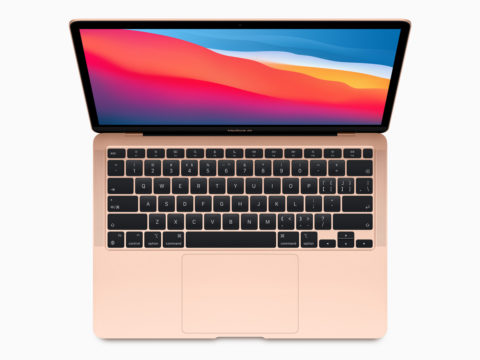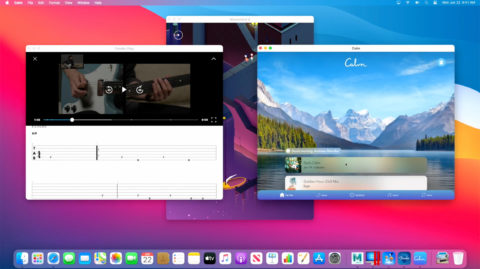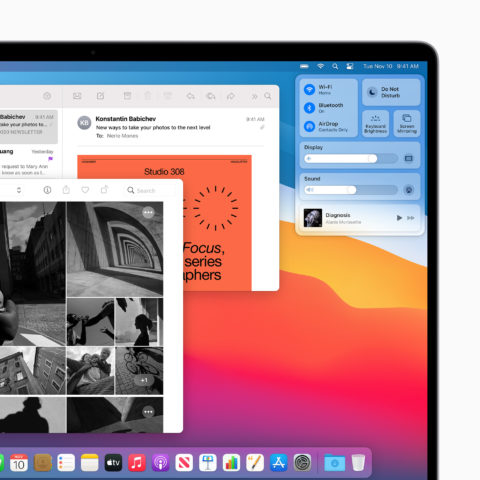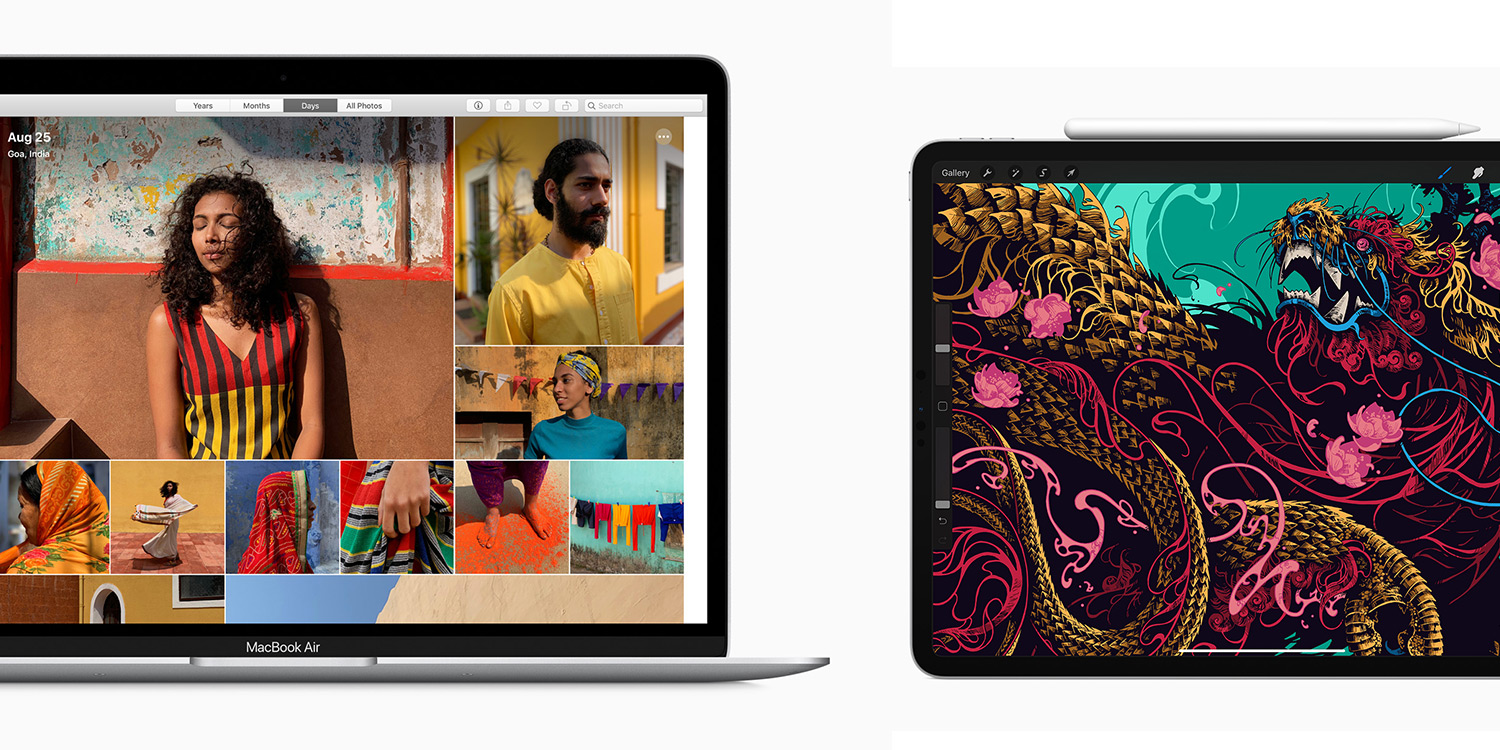Mobile apps are heading to the desktop — and that’s going to be wild
What devices can run an iPhone app? Immediately, you might think of the iPhone and the iPod touch. If you’ve used an iPad, you’ll know it can run the same apps, regardless of whether they’ve been optimized for Apple’s tablet. But now one more Apple product runs iPhone apps: the Mac.

More specifically, we’re talking about Apple’s next-generation Macs, announced at the company’s November 10 ‘One More Thing’ event. These Macs use Apple-designed M1 chips — a relative of the A-series chips inside Apple’s mobile devices — instead of those from Intel. Along with gains in terms of speed and efficiency, this allows Macs to fully natively run iPhone and iPad apps.
But what does this mean for Apple and its various devices?
More apps for Mac users

There are plenty of Mac apps, but many more for iPhone and iPad — especially smaller apps designed to accomplish specific tasks, and games, which on the Mac have been relatively few in number. But even with more complex pro-grade fare, there are fantastic products for iPad, including everything from painting apps like Procreate through to a multitude of virtual synths, which you couldn’t run on a Mac — until now.
Clashing interaction styles
The Mac has long prized consistency. Some apps do their own thing, but Apple guidelines advocate design that makes new apps broadly familiar from the moment they launch. By contrast, iPhone and iPad were once a free-for-all; and even though things have settled down somewhat, they remain varied. Additionally, interface conventions for Mac and iPhone/iPad are very different, as is how you physically interact with them. This means iPhone and iPad apps on Mac will initially appear ‘alien’ without further optimization. And that leads to further shifts yet to come…
Dominance of iPad paradigms

Apple has long argued it won’t merge iPadOS and macOS. Yet anyone who’s paid attention to these platforms in recent years will have noticed the iPad gain key interface elements from the Mac (Spotlight-style search; app sidebars; desktop-style file management; pop-up menus), and the latest macOS, Big Sur, has to some degree been ‘iPadified’. One will eventually win out; with the sheer momentum the iPad has, it looks good to take that crown — especially if iPad apps become popular on Mac.
Touchscreen Macs
Although Apple CEO Tim Cook laughed off the idea of touchscreen Macs, suggesting they’d be akin to toaster-fridges, Apple has a history of ignoring or minimizing technology ideals until ready to present its own take. The aforementioned macOS Big Sur has user interface elements that look finger-friendly, and a touchscreen remains a far better interaction model for iPhone and iPad apps than a cursor. So despite claims to the contrary from Apple execs, don’t be surprised if 2021’s MacBook Pro becomes the first touchscreen Mac. And given the existence of products like Apple’s laptop-like Magic Keyboard for iPad, the future may find differentiation between the two platforms cease in any meaningful sense.

